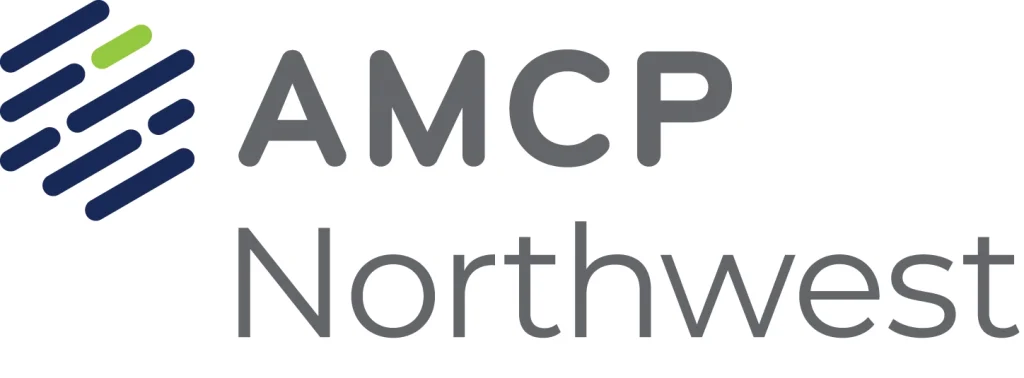Author: Julia Vetsikas

Despite Medicare making strides toward improving access with expanded coverage criteria in recent years, experts in the field of endocrinology are speaking out on the importance of reaching underserved populations with the “potentially life-changing benefits” of CGM technology. In addition to expanded coverage eligibility, Richard M. Bergenstal, MD, noted that access to CGM must be simplified by making the technology more readily available in clinic and community settings. To support these efforts, Irl B. Hirsch, MD, called on the role of patient and provider education for driving appropriate uptake and utilization. Managed care and payer professionals will find these expert insights valuable for addressing disparities in diabetes care and outcomes among members affected by SDOH.
Learn More
Continuous glucose monitoring (CGM) represents a key intervention for advancing the management of diabetes and enhancing the patient experience. Importantly, pharmacy professionals remain instrumental in CGM access and related patient education efforts. Although diabetes technology has seen increased uptake over the past several years, recent innovation in real-time CGM (rtCGM) highlights an opportunity for increased patient engagement and quality improvement in managed care. During this AMCP Northwest Affiliate CE dinner meeting held on April 13, 2023, experts Nicole Ehrhardt, MD and Carly Rodriguez, PharmD, FAMCP, reviewed evidenced-based recommendations supporting the use of rtCGM in a broader population of insulin-treated patients. A panel discussion featuring regional managed care leaders explored the value of rtCGM in optimizing outcomes and reducing resource utilization among members with diabetes.
The Centers for Medicare and Medicaid Services (CMS) expanded CGM access to beneficiaries on basal-only insulin or those with a history of level two or three hypoglycemia. Although the Local Coverage Determination (LCD) was originally anticipated to be implemented in July, CMS expanded access to CGM on April 16, 2023. This new coverage policy is aligned with consensus guidelines from the ADA and AACE, which recommend CGM for all patients on insulin at the outset of diagnosis. The new LCD, which was proposed in 2022, also removes the term “daily” as a descriptor for insulin to account for potential FDA approval of weekly insulins in the future.
Learn More